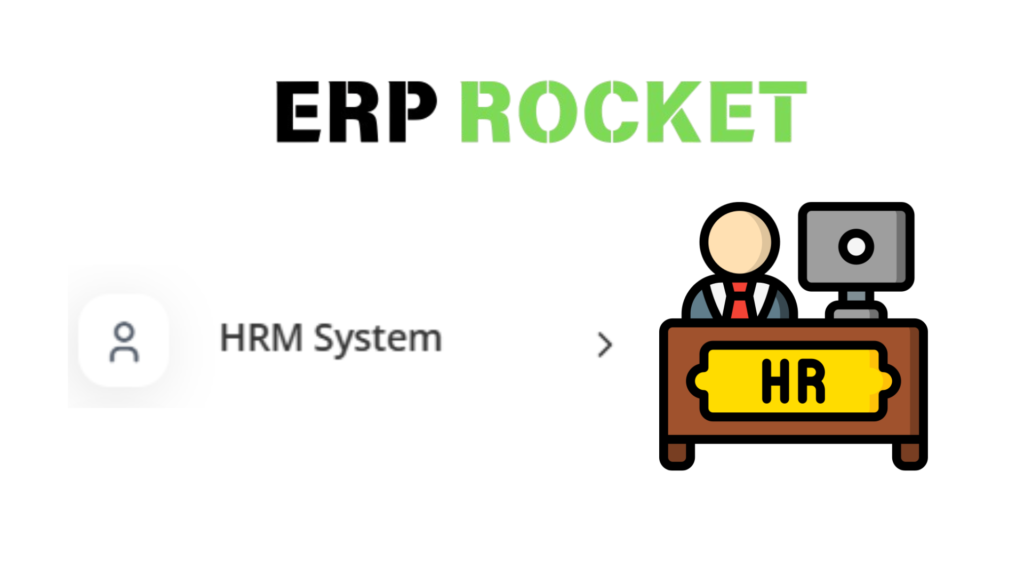
Cloud-based HRM (Human Resource Management) software is a type of HR management system hosted on cloud servers and accessed through the internet. It allows organizations to manage various HR tasks and processes in a centralized and scalable platform without requiring on-premise infrastructure or maintenance.
Key Features of Cloud-Based HRM Software:
- Employee Information Management: Centralized storage and access to employee data like personal information, job roles, and employment history.
- Payroll and Benefits: Streamlines payroll processing, tax calculations, and benefits administration.
- Recruitment and Onboarding: Simplifies hiring processes, applicant tracking, and employee onboarding workflows.
- Attendance and Leave Management: Tracks employee attendance, leave requests, and approvals in real-time.
- Performance Management: Facilitates goal-setting, appraisals, and feedback processes.
- Training and Development: Offers tools for learning management, skill tracking, and career development.
- Compliance Management: Ensures compliance with labor laws and organizational policies.
- Analytics and Reporting: Generates insights from HR data for informed decision-making.
- Mobile Accessibility: Allows employees and managers to access features from mobile devices.
Advantages of Cloud-Based HRM Software:
- Scalability: Easily adapts to the growing needs of businesses.
- Cost-Effective: Reduces the need for physical servers and IT maintenance.
- Accessibility: Can be accessed anytime and anywhere with an internet connection.
- Automatic Updates: Providers regularly update the software, ensuring compliance and new features.
- Data Security: Professional vendors typically offer robust security measures like encryption and regular backups.
- Improved Collaboration: Employees and managers can interact seamlessly through shared platforms.
Popular Cloud-Based HRM Software:
- Erprocket
- Workday
- Zoho People
- SAP SuccessFactors
- ADP Workforce Now
Such systems are particularly beneficial for organizations looking to optimize their HR processes while minimizing overhead and operational complexities.

